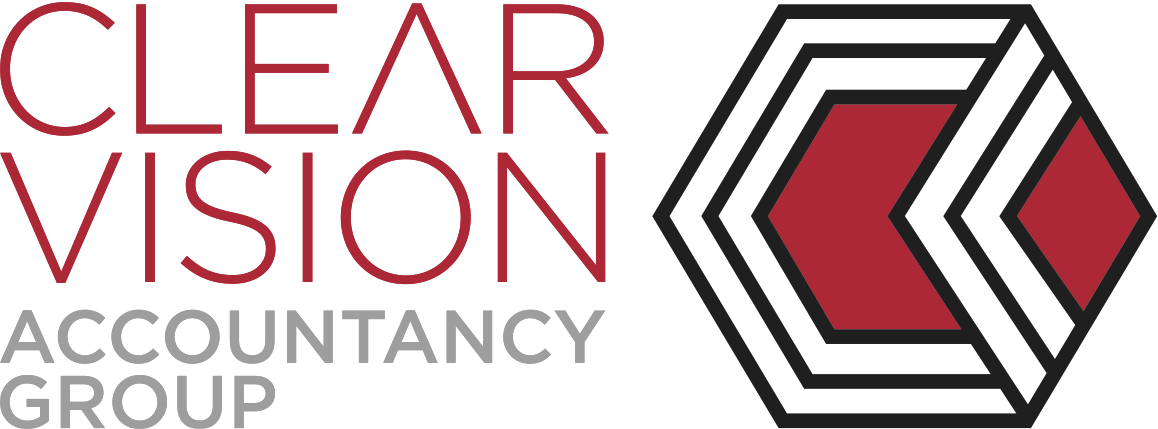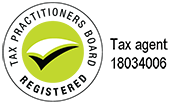Business Alert at 9:00am with CVA
High-net-worth clients are likely to have a superannuation change work to increase their take-home salaries and remove the tax consequences of having multiple sources of income.
Australians earning around the $280,000 mark annually may currently receive superannuation contributions which in aggregate exceed their concessional contributions cap. Clients holding multiple directorships are often in this position.
A bill currently before Parliament looks to correct that, by way of an application to the ATO for an exemption from the superannuation guarantee from 1 July this year.
The application can be made by taxpayers with more than one employer, who expect their income for SG purposes to exceed $263,157 for the financial year. The application will need to be made annually, and at least 60 days before the start of the quarter the exemption will apply to.
The move also opens doors to new salary arrangements. The amount paid by an employer to their affected employee will not be impacted, meaning the employee can pocket the extra 9.5 per cent in the form of regular income.
The bill, introduced in early May, is more than likely going to get across the line, according to KPMG partner Adam Gee.
“I can’t imagine it’s not going to get bipartisan support,” Mr Gee said.
“It’s part of a package that I don’t think there will be too much conjecture over.
“Realistically, all the sector has to do is opt out and provide confirmation to their employer that they don’t wish for contributions to be made, it’s not difficult, and the fund is just a receiver so they don’t need to do anything. There’s a small administrative impact potentially within payroll systems.”
We drew inspiration for this article from Katarina Taurian at Accountants Daily
The post Business Alert at 9:00am with CVA appeared first on Clear Vision Accountancy Group.





